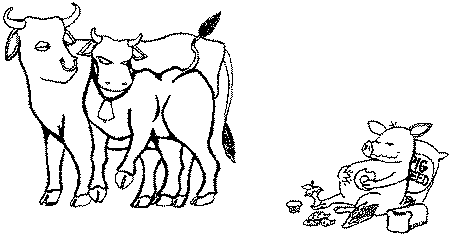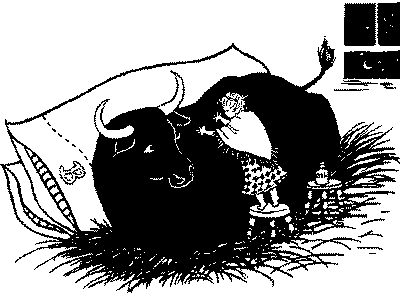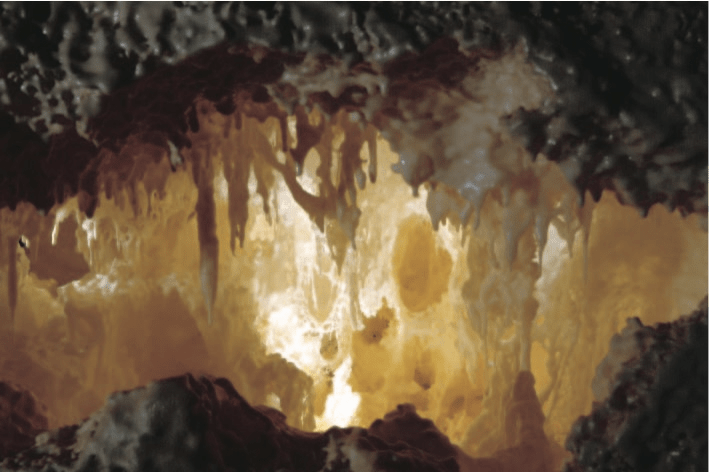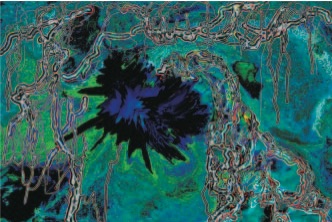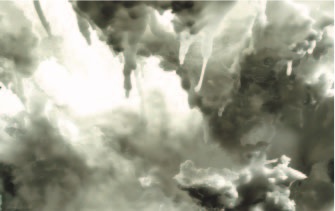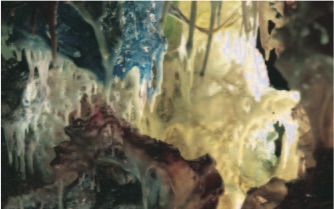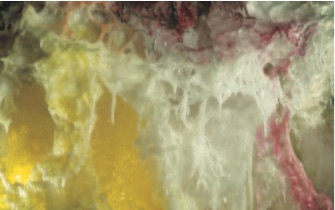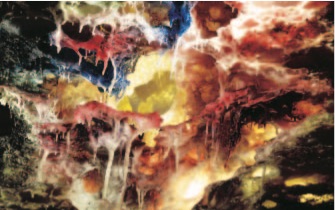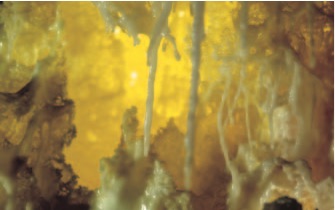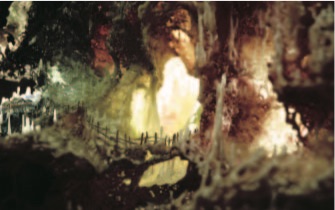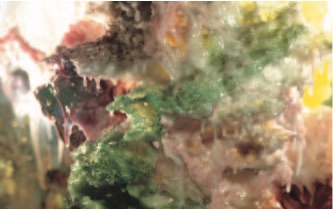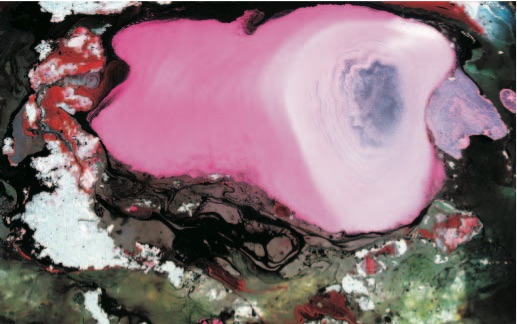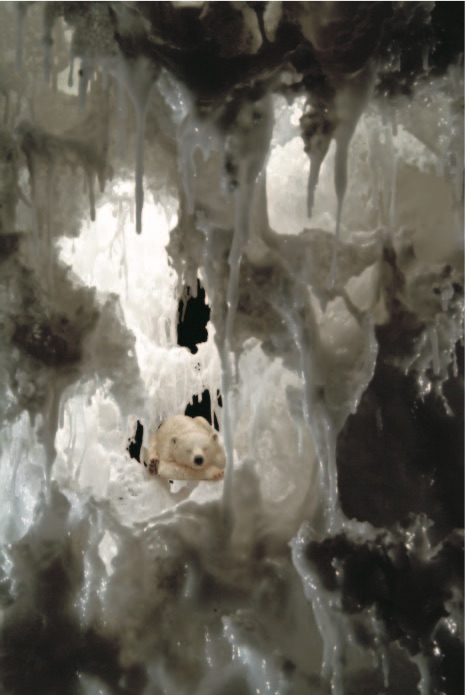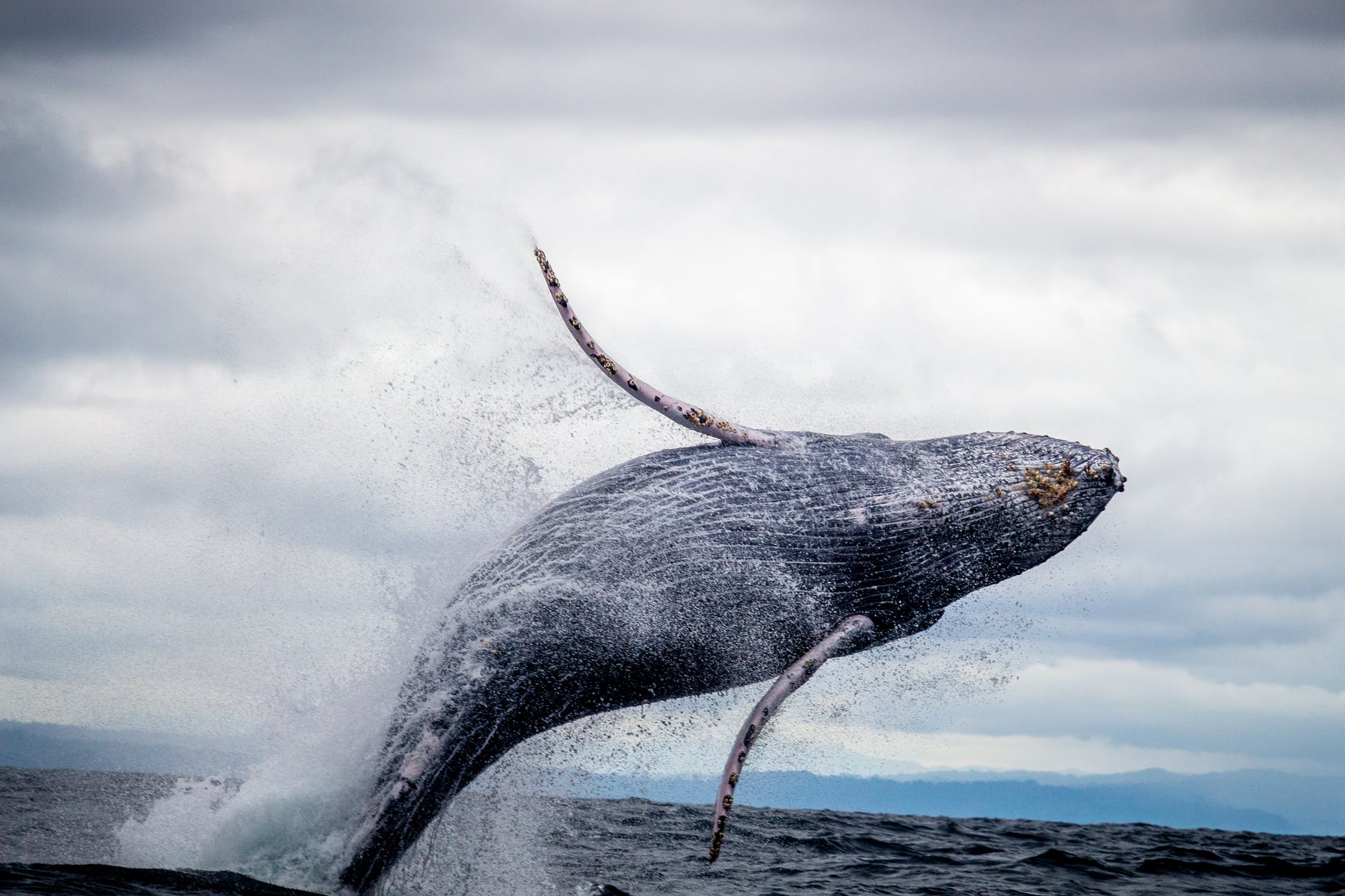
Mount Wutai – World Heritage Site & Sacred Buddhist Mountain
Mount Wutai or Wutaishan is one of the five Buddhist holy lands in the world and the four famous Buddhist Mountains in China. For super charming view and rich culture of Buddhism, Mount Wutai was listed as the World Heritage Site in 2009 and becomes the National AAAAA Tourist Attraction. With an altitude of 3061.1 m, Mount Wutai is called the “ridge of Shanxi”.
Mount Wutai is located in the northeast of Wutai County in Shanxi Province. Since the mountain has five terraces or said peaks, so it got the name of Wutai Shan, literally meaning Five Terraces Mountain. Visitors can admire this world only Bodhimanda of both Chinese and Tibetan Buddhism to feel the rich harmoniously mixed religious atmosphere. Moreover, the amazingly gorgeous scenery in Mount Wutai will completely satisfied the tourists.
As host to over 53 sacred monasteries, Mount Wutai is home to many of China’s most important monasteries and temples. Mount Wutai is one of the Four Sacred Mountains in Chinese Buddhism. Each of the mountains is viewed as the bodhimaṇḍa of one of the four great bodhisattvas. Wǔtái is the home of the Bodhisattva of wisdom, Mañjuśrī. Manjushri has been associated with Mount Wutai since ancient times.
Wutai was the first of the mountains to be identified and is often referred to as “first among the four great mountains”. Therefore, it is also known as “Golden WuTai “. It was identified on the basis of a passage in the Avataṃsaka Sūtra, which describes the abodes of many bodhisattvas. In this chapter, Manjushri is said to reside on a “clear cold mountain” in the northeast. This served as charter for the mountain’s identity and the inspiration for its nickname “Clear Cool Mountain”. Its annual average temperature is around -4℃ with high-moisture air.
The bodhisattva is believed to frequently appear on the mountain, taking the form of ordinary pilgrims, monks, or most often unusual five-colored clouds. It is recorded that Zen Buddhist Master Xu Yun encountered Manjushri Bodhisattvas near Mount Wutai. Master Xu Yun, one of the most influential Buddhist Masters of the late 19th and 20th centuries, embarked on a long spiritual journey to Mount Wutai. He is said to have bowed every three steps of the voyage. In total, it took him three years to reach the mountain, the distance was about three thousand kilometer. He encountered several disasters on his path, one time he drowned to death, and was saved by the Manjushri Boddhisttv, who disguised himself as a beggar. The Boddhisttva empowered him with the great Buddha Dharma.
Mount Wutai is home to some of the oldest wooden buildings in China that have survived since the era of the Tang Dynasty (618–907). This includes the main hall of Nanchan Temple and the East Hall of Foguang Temple, built in 782 and 857, respectively. They were discovered in 1937 and 1938 by a team of architectural historians including the prominent early 20th-century historian Liang Sicheng. The architectural designs of these buildings have since been studied by leading sinologists and experts in traditional Chinese architecture, such as Nancy Steinhardt. Steinhardt classified these buildings according to the hall types featured in the Yingzao Fashi Chinese building manual written in the 12th century.
Great White Pagoda
Situated in Tayuan Temple, the iconic building of Mount Wutai is the Great White Pagoda, with a height of 56.4 meters and a pure white body. It was first built in 1301 AD. There are more than 200 copper bells hanging on the top of the tower, and the sound is crisp when the wind blows. Inside the Great White Pagoda, there are many Buddha statues, and the most sacred thing is the carving footprint of Sakyamuni Buddha. Many monks and ordinary people come to bow in worship of them. There is a small white pagoda to the east of the white pagoda. According to legend, this pagoda contains the blond hair left by Manjushri Bodhisattva when he appeared, so it is also called the Manjusri hair tower. The Book Collection Pavilion is located on the north side of the Great White Pagoda.

XianTong Temple
Xiantong Temple is the largest and oldest temple in Mount Wutai. It is also the earliest temple in China along with White Horse Temple in Luoyang. The temple is located in the central area of Mount Wutai. The Mahavira Hall of Xiantong Temple is the main place for Buddhist activities. The statues of Sakyamuni, Amitabha and Medicine Buddha are enshrined in the hall. The Infinite Hall is a brick structure, and there is a bronze-cast Pilu Buddha enshrined in the hall. There are no beams in the hall, and the shape is very unique and has high artistic value. The Bronze Hall is a bronze building with tens of thousands of small Buddha statues, which are rare copper cultural relics. In the bell tower in front of Xiantong Temple, there is the largest bronze bell on Mount Wutai, the Changming Bell. The surface of the bell is engraved with a Buddhist scripture in regular script with more than 10,000 characters.


Bodhisattva Peak Monastery
Bodhisattva Peak Monastery is the largest and most complete Tibetan Buddhist monastery in Mount Wutai. It is the main site of the Gelug Sect Religion Dharma Festival from the fourth to the fifteenth day of the sixth lunar month every year. During this time, you can see the grand occasion of the “suppressing demons” by the lamas. . There are Tianwang Hall, Sakyamuni Hall, and Bodhisattva Hall in the temple. Because the emperors of all dynasties have climbed the top of the Bodhisattva Peak, there are many steles and plaques inscribed by the kings in the temple. In the passage hall and the backyard of the east courtyard, there are two white marble steles with four prisms. The four sides of the stele are engraved with inscriptions written in four languages: Chinese, Mongolian, Manchu and Tibetan, all of which were handwritten by Emperor Kangxi of the Qing Dynasty.
From a legend, a son of Emperor Kangxi became a monk in Bodhisattva Peak Monastery and the emperor specially permitted the design with glazed tiles. All the buildings are designed with three colored glazed tiles.

East Terrace with 2795 m above the sea looks like a standing elephant in a distance. And this peak is the best place for viewing the sunrise and sea clouds. The best time for this extraordinary scenic observation is summer. On a warm sunny morning, the eastern sky appears like a sea, and at the end of the cloud sea, the flaming red rising sun spurts out and lights the sky into orange. That is really vigorous and beautiful!
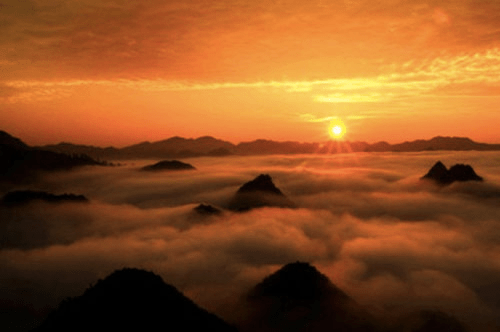

Mount Wutai – World Heritage Site & Sacred Buddhist Mountain
Link:https://peacelilysite.com/2022/06/29/mount-wutai-world-heritage-site-sacred-buddhist-mountain/
#MountWutai#WorldHeritageSite#SacredBuddhistMountain#ManjushriBodhisattva#AvataṃsakaSūtra#ClearCoolMountain#MasterXuYun#TibetanBuddhism
Source: https://www.chinadiscovery.com/shanxi/mount-wutai.html, https://en.wikipedia.org/wiki/Mount_Wutai, https://you.ctrip.com/sight/wutai1446115/138392.html
